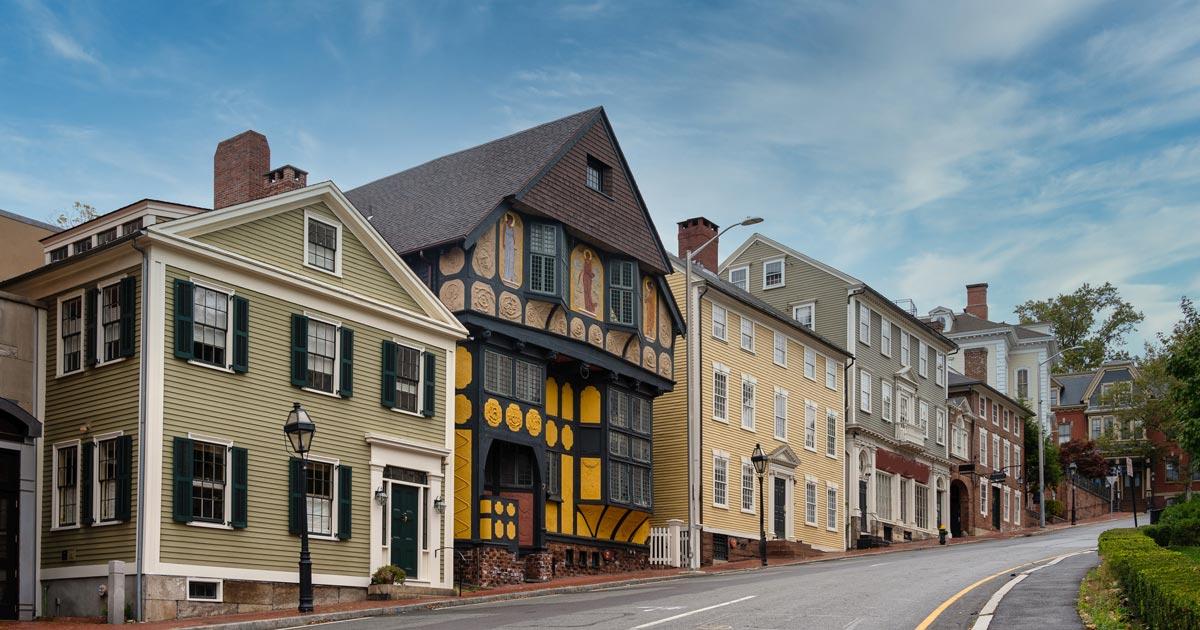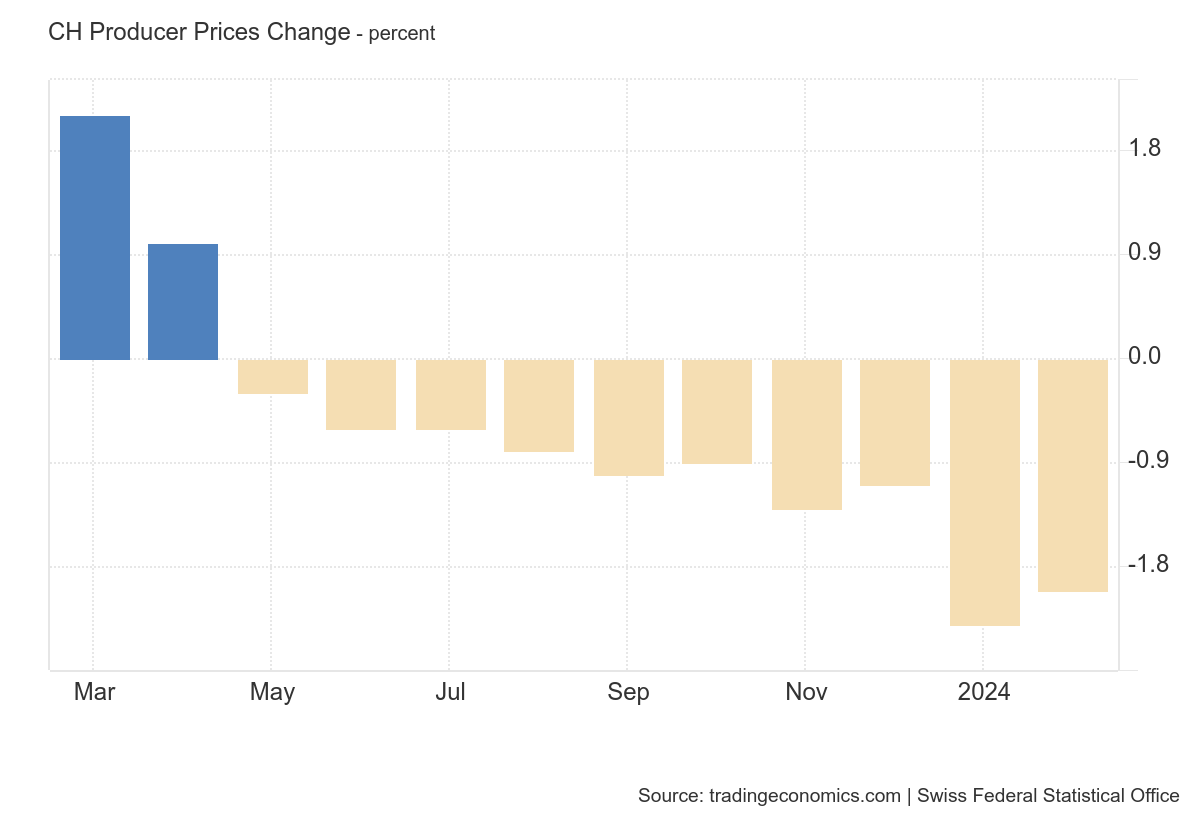 Doughty, courageous little Rhode Island was the last state left. It is generally assumed that—even by the most staunchly Antifederalist historians—Rhode Island could not conceivably have gone it alone as a separate nation. But such views are the consequence of a mystique of political frontiers, in which it is assumed that a mere change in political frontiers and boundaries necessarily has a profound effect in the lives of the people or the validity of a territory or region. But, in reality, political frontiers are mere excrescences, the daily lives of the people, their economic and social relations, can go on unperturbed and unchanged whether politically defined counties are large, tiny, or even non-existent. That Switzerland or Holland are small has no more prevented their people from flourishing than the large size of India has brought it prosperity. In the case of a free country of Rhode Island, its self-sufficient inland farmers would have continued to farm, and its merchants to trade with other states and countries just as before. Better than before, in fact, for this land of open trade could have gained great popularity for functioning as a free port, as a “Rogue’s Island” once more of free trade and smuggling in the great Anglo-American tradition.
Doughty, courageous little Rhode Island was the last state left. It is generally assumed that—even by the most staunchly Antifederalist historians—Rhode Island could not conceivably have gone it alone as a separate nation. But such views are the consequence of a mystique of political frontiers, in which it is assumed that a mere change in political frontiers and boundaries necessarily has a profound effect in the lives of the people or the validity of a territory or region. But, in reality, political frontiers are mere excrescences, the daily lives of the people, their economic and social relations, can go on unperturbed and unchanged whether politically defined counties are large, tiny, or even non-existent. That Switzerland or Holland are small has no more prevented their people from flourishing than the large size of India has brought it prosperity. In the case of a free country of Rhode Island, its self-sufficient inland farmers would have continued to farm, and its merchants to trade with other states and countries just as before. Better than before, in fact, for this land of open trade could have gained great popularity for functioning as a free port, as a “Rogue’s Island” once more of free trade and smuggling in the great Anglo-American tradition.
The Rhode Islanders realized the opportunity that awaited them. Thus, one writer in the Rhode Island press assured readers that an independent Rhode Island would not become an “Algiers” (a base for piracy), but a “St. Eustatius” (the great smuggling center of the Dutch West Indies that so aided the American Revolutionary War effort).1
But the problem, of course, is that Rhode Island only could have been a bastion of free trade if the imperial United States had permitted it, and of course it would not. With its tariffs, its federal taxes, its commercial privileges and restrictions, its already lusty desire to grab land from others by whatever means necessary and to play a great role on the international stage, the arrogant new United States could never have permitted an independent Rhode Island almost within its borders. For this little enclave would have held up a beacon-light of freedom to all democracies and to the world at large. The United States could not countenance a republic still true to its own American Revolution, and true also to the glorious libertarian tradition of the independent Rhode Island of the seventeenth century.
Hardly had the new United States began, in fact, when that mighty nation began to threaten Rhode Island. Massachusetts, Connecticut, and New York were particularly alarmed at the potential flourishing of Rhode Island under a system of free trade “smuggling,” and such Federalists as Fisher Ames of Massachusetts and Egbert Benson of New York led the drive from their states for the use of force to corral Rhode Island into the Union.
Little Rhode Island tried; it tried very hard. Resisting tremendous pressure from within and without, the Rhode Island legislature, for two years after the rejection of March 1788, crushed no less than four motions to call a state convention. And these defeats were brought about by such large margins as 44-12 and 40-14. Then, in September 1789, after intense pressure by Providence and Newport merchants, the legislature agreed to ask the towns for instructions, and a month later it distributed copies throughout the state of the bill-of-rights amendments recommended by Congress. The towns duly sent their instructions, and the result was that the legislature again refused to call a convention; the margin was only slightly reduced, 39–17.
Finally, however, the Assembly surrendered and voted for a convention in January 1790 by a vote of 34–29, but the doughty Senate blocked the bill by 5–4. But the sharp practice—something that had to be used in so many states to ram through the Constitution—was used again. The Senate waited until a member was absent, and then Governor John Collins—yet another governor who turned tail—broke the ensuing tie, and a convention was finally called to be held in South Kingston on March 1.
Antifederalist power had greatly eroded since the towns had repudiated the Constitution two years before. But, remarkably, the Antifederals still had a majority of a dozen or so delegates at the March convention. Finally, five days later, the Antifederals pushed through an adjournment of the convention by a vote of 41–28 until May 24 at Newport.
The climactic phase of the Rhode Island struggle was now at hand. Two titanic vectors of pressure converged on the beleaguered and heroic citizens of the Rhode Island republic. First, the United States Congress, in its first act of international aggression, threatened to place a total embargo between Rhode Island and the states of the Union. But perhaps the little state would have held out regardless. Second, when the convention reopened, it faced not a threat of secession by fanatical Federalists, but secession as an actual fact. For the main city of Providence had announced its secession from the state, to continue unless and until Rhode Island adopted the Constitution unconditionally. And, what is more, Newport and other towns threatened to do the same. Only now, facing the direct prospect of being blockaded from the sea and surrounded by a hostile power, did Rhode Island surrender—and then, remarkably and incredibly, by a margin of only two votes, 34–32. After all this time and pressure, a shift of one vote would have defeated the Constitution in Rhode Island. It truly was a last stand that just barely failed.
Even at the desperate, final Rhode Island vote, the Jackson T. Main commercial/non-commercial analysis of the ratification struggle in the United States is upheld. Every one of the Narragansett Bay towns except a divided Warwick had now become Federalist. So had the coastal towns of the southwestern Grant Lands. The commercial-navigational Bay and coastal towns had virtually become Federal, and the inland rural towns remaining had maintained their staunch Antifederalism. Clearly the commercial farmers near the Bay and coast had, as in New York, proved weak enough to provide the tiny margin of Federalist victory.
Part of the explanation for the final defection, however, is far more sinister. For in the course of the two sessions of the 1790 convention, the number of Federalist delegates from the towns rose from twenty-two to thirty-four: in short, twelve delegates betrayed the voters of their towns who had elected them to oppose the Constitution. Of these men, six defectors (who of course provided more than the margin of victory) were holders of state securities—at least two of them (Christopher Greene Jr. of Warwick and John S. Dexter of Cumberland) in large amounts. Rhode Island had been loaded with a very heavy burden of state debt and consequently high taxes after the Revolution, and then had issued large amounts of paper money largely to pay off the debt. The currency had predictably depreciated, but most of the debt had been concurrently repaid. Now, in 1790, it was fairly clear that Hamilton would push through his financial program to have the federal government assume all the old state debts. The Rhode Island state creditors saw their chance, unique among the states, to cash in twice upon the same debt. The pro-public-creditor Federalists, then, joined with enough of a corporal’s guard of state-creditor Antifederals to pass a law declaring that only part of the debts had been paid because the payments had been in depreciated in paper. Thus, new debt was suddenly created, and the taxpayers of the nation were to be mulcted where the Rhode Islanders had been fleeced before.2
A final point on the Constitution conflict in Rhode Island: slavery was one of the bones of contention. Abolitionist Quaker sentiment was strong in Rhode Island, as was the institution of slavery, which had become powerful in the Narragansett in the South and in the coastal towns. During the 1780s, the Quakers had led a successful drive for abolition of the slave trade in the state as well as gradual abolition of slavery itself. Slavery was the source of more debate at the Rhode Island convention than any other topic; of the eight chamber members of the new Rhode Island Abolition Society, six voted against ratifying the Constitution.
- 1. Forrest McDonald, We the People: The Economic Origins of the Constitution (Chicago: University of Chicago Press, 1958), p. 339n.
- 2. McDonald, We the People, pp. 345–46. Actually, however, Rhode Island turned out to be a creditor state in the final inter-state settlement of accounts, and so this particular deal did not come through. James Ferguson, “Review of Forrest McDonald, E Pluribus Unum,” The William and Mary Quarterly (January 1966): 150. [Editor’s remarks] McDonald, We the People, pp. 321–25, 342; Jackson T. Main, The Antifederalists: Critics of the Constitution, 1781–1788 (1961; repr., Chapel Hill: University of North Carolina Press, 2004), p. 248.
Tags: Featured,newsletter























